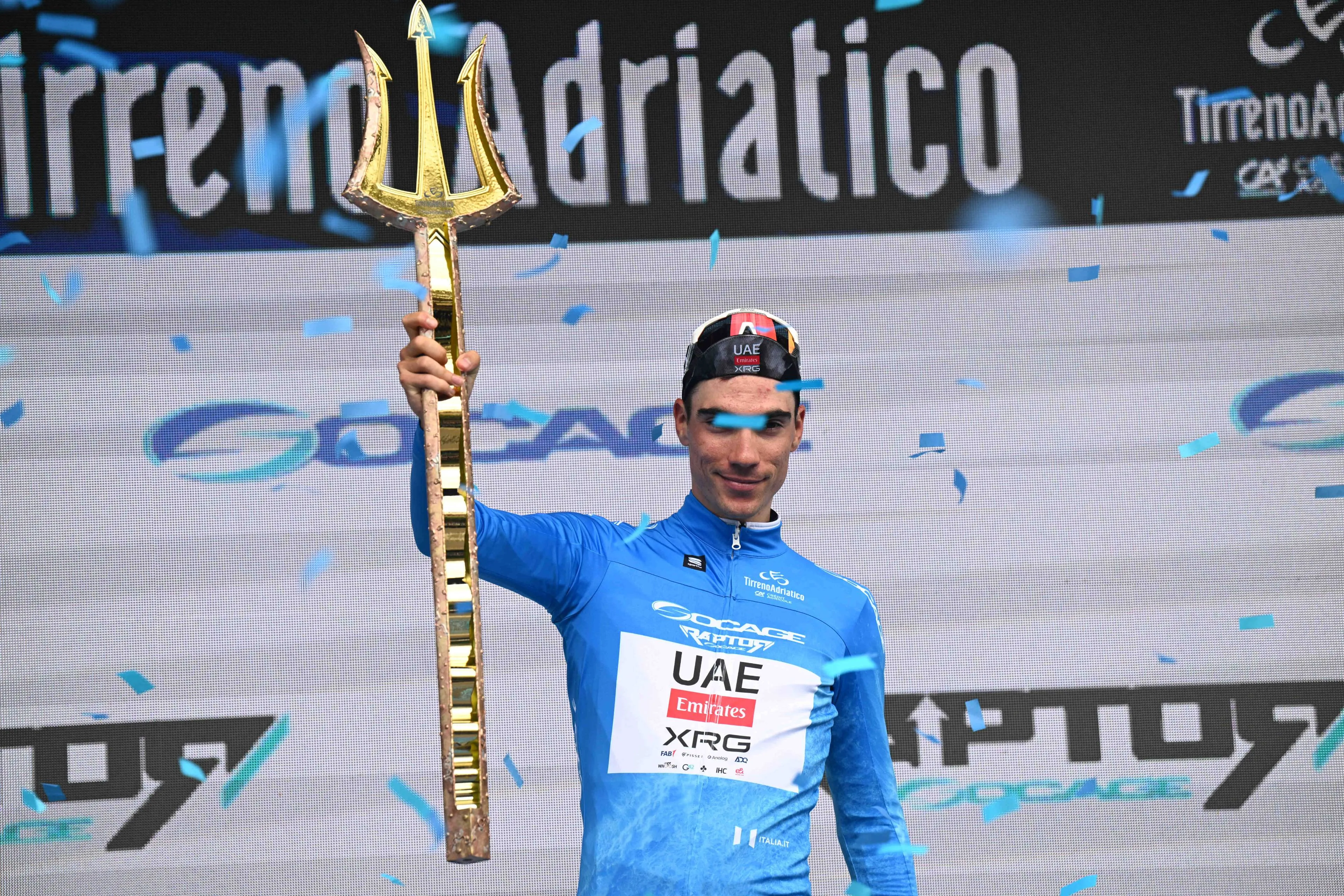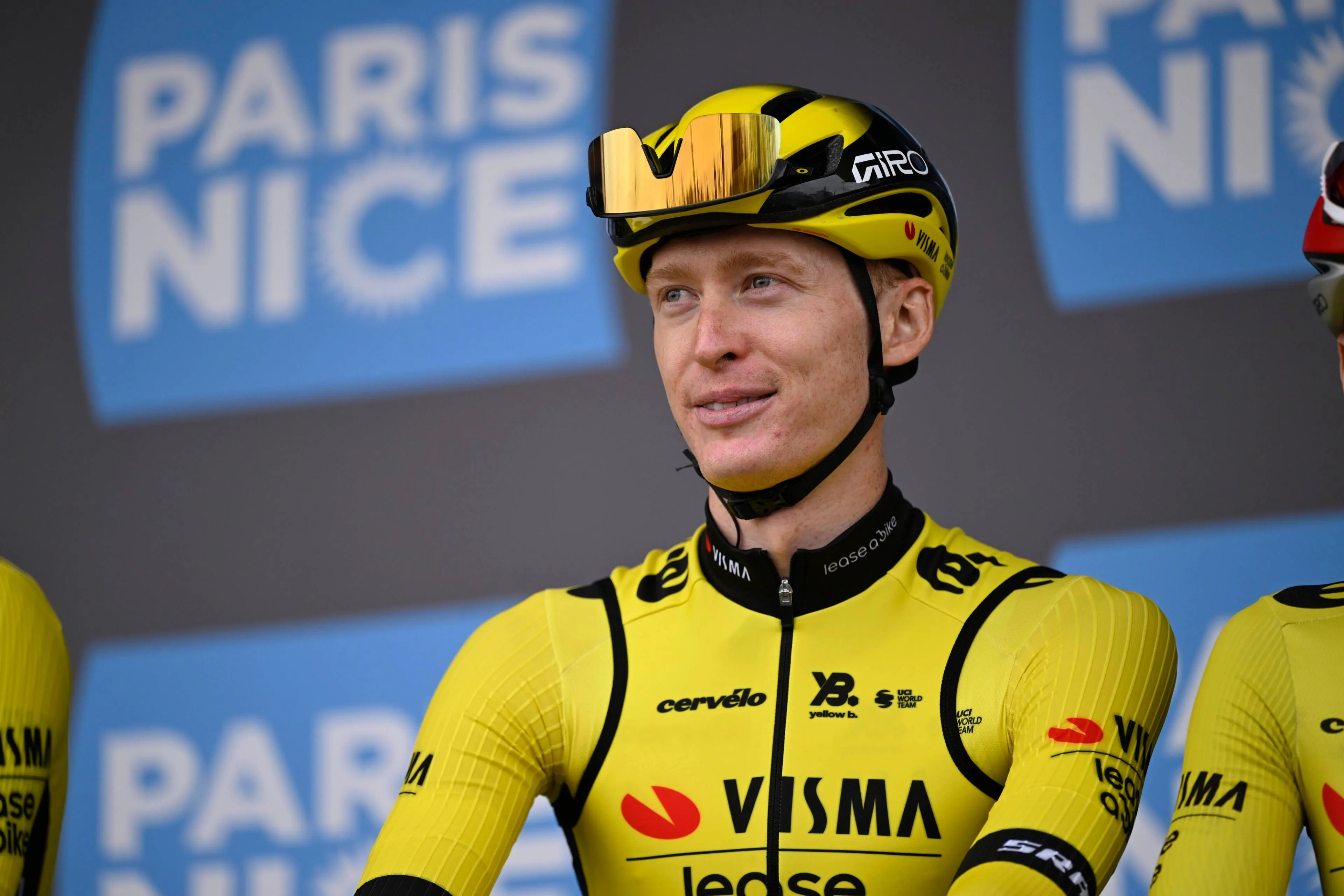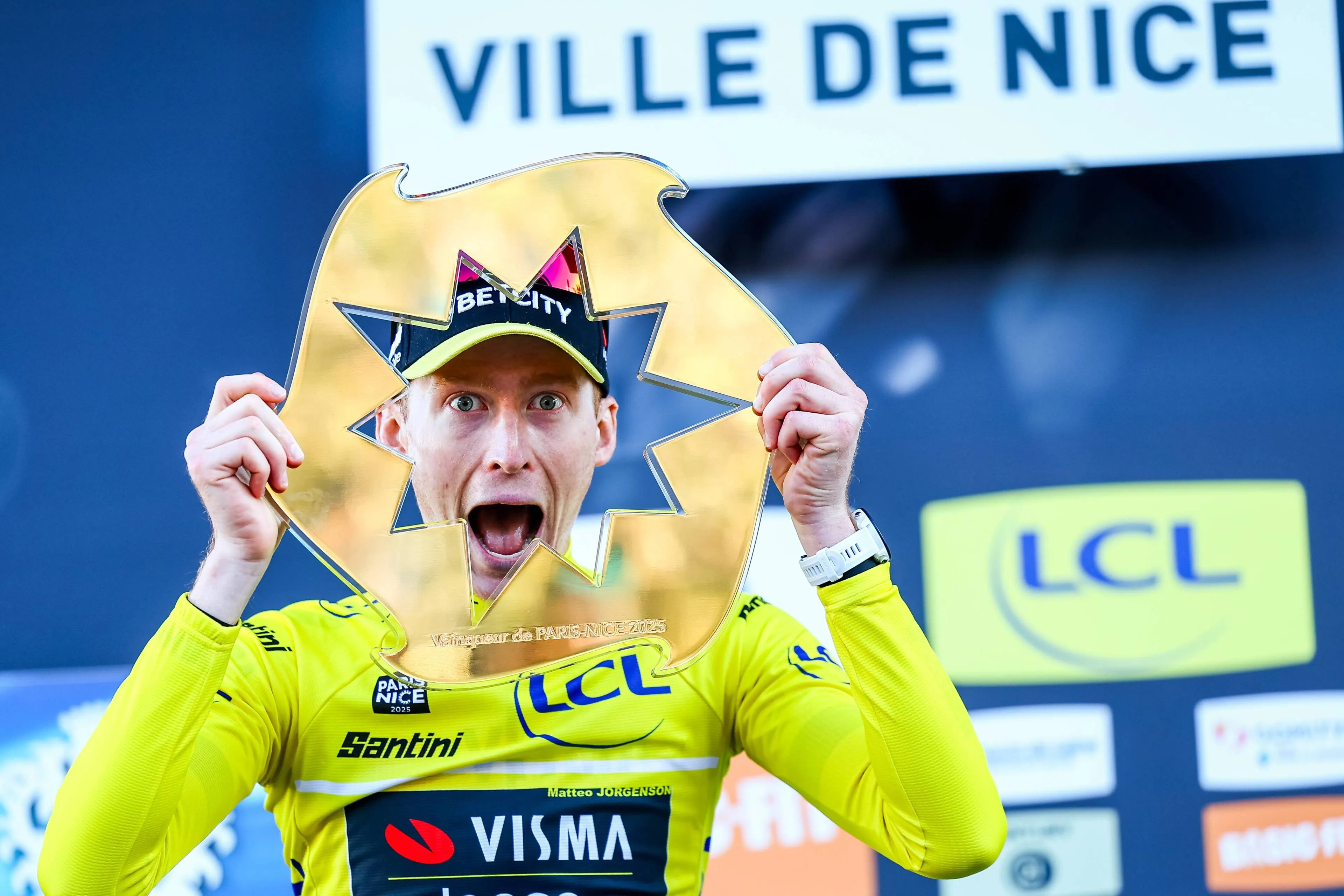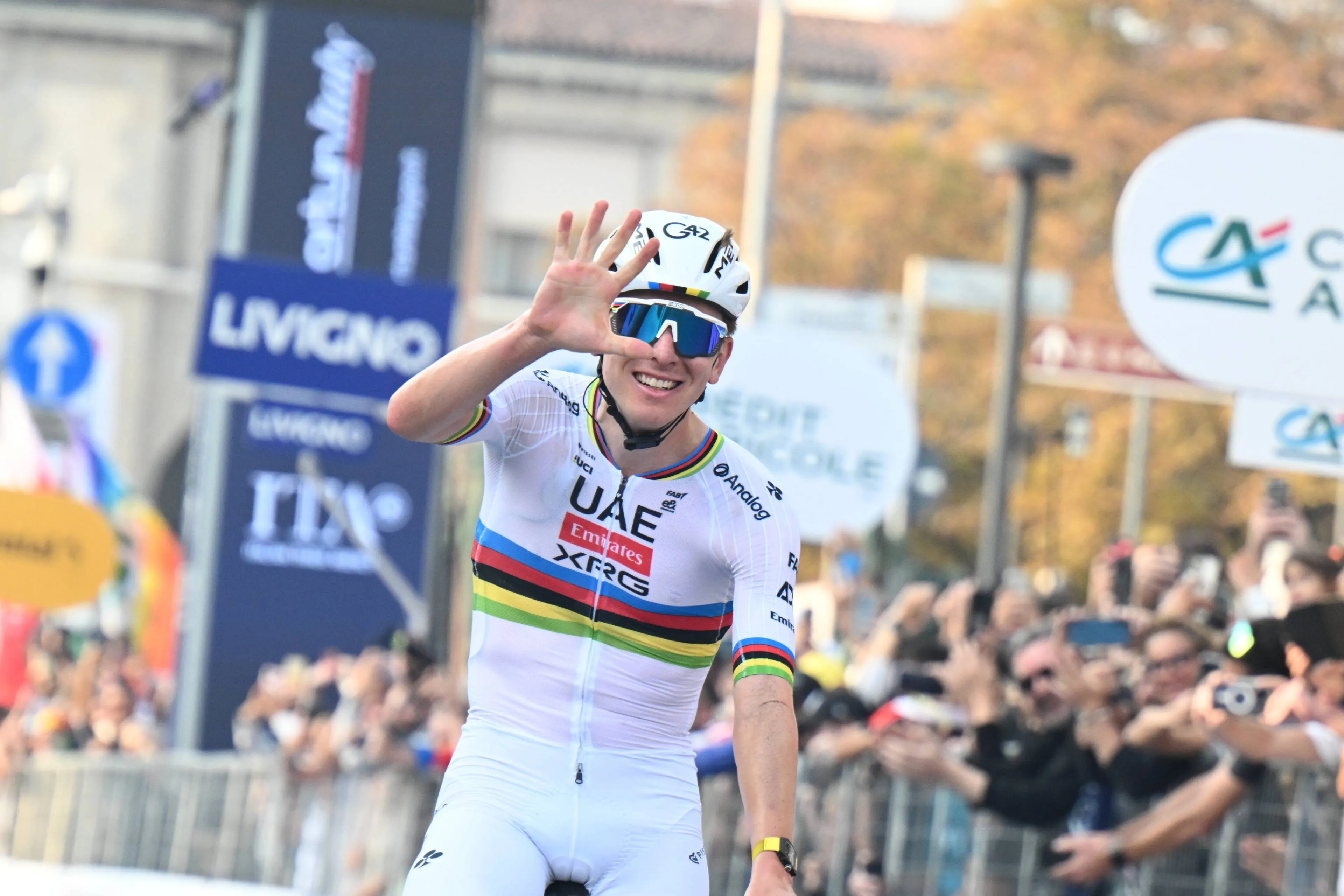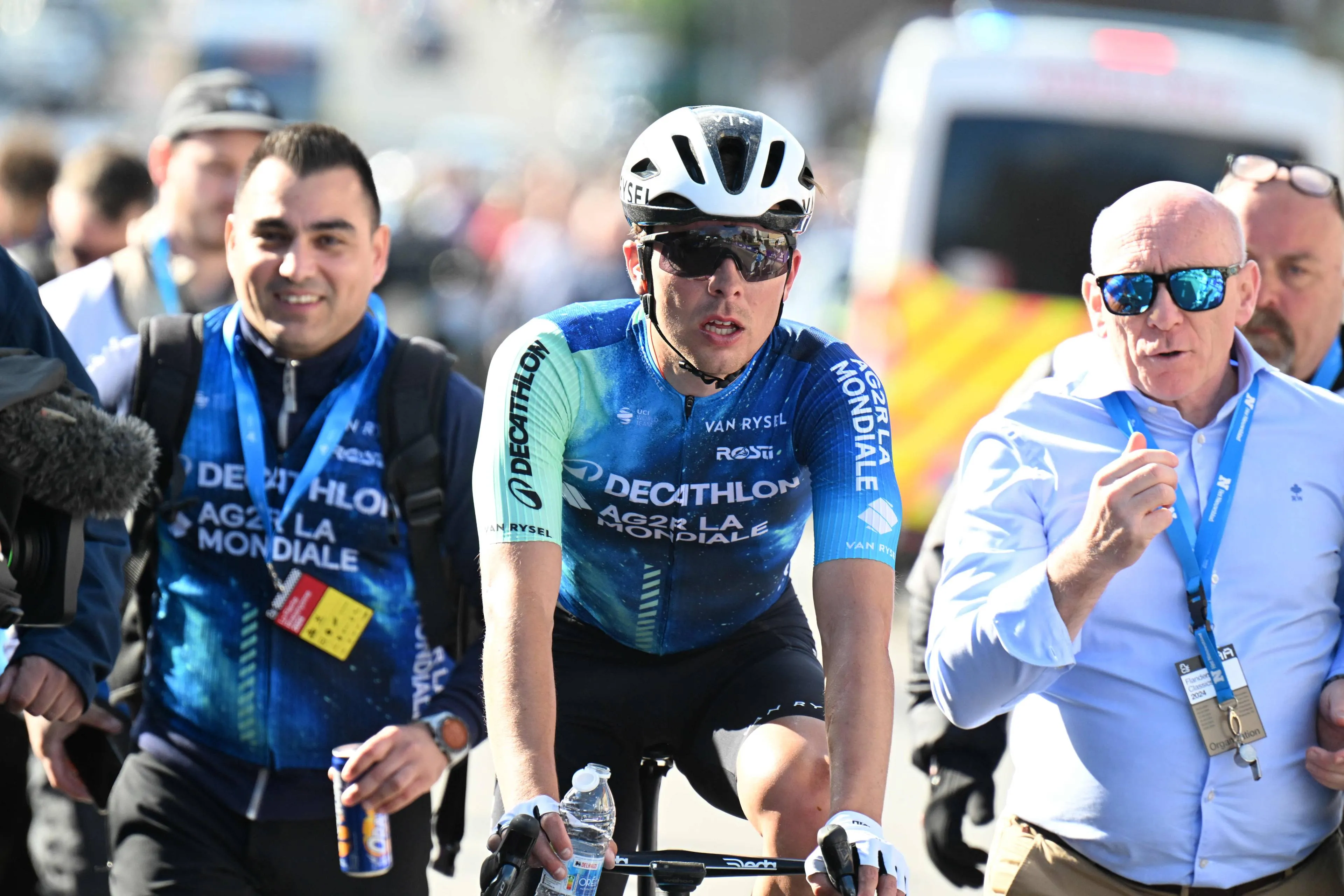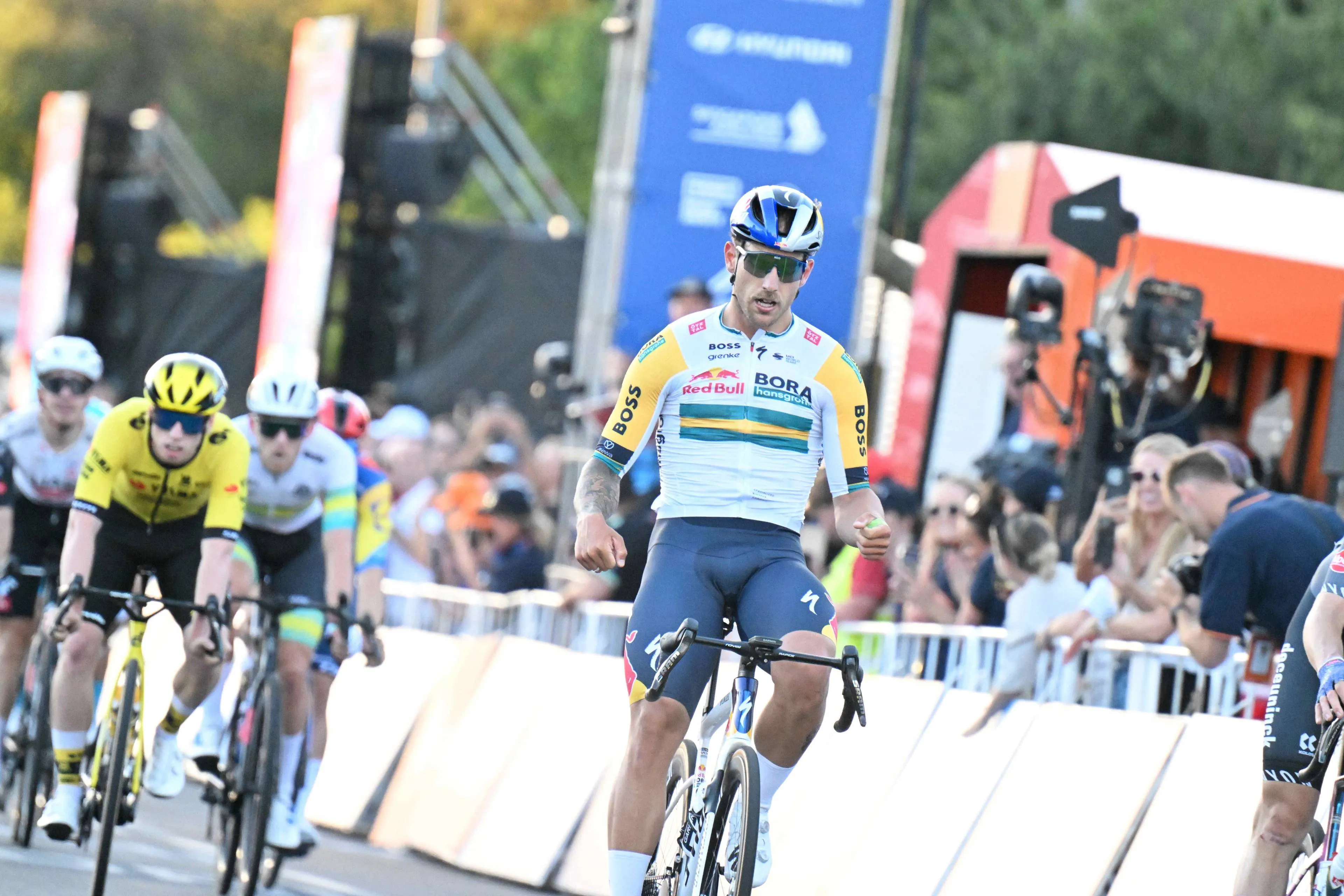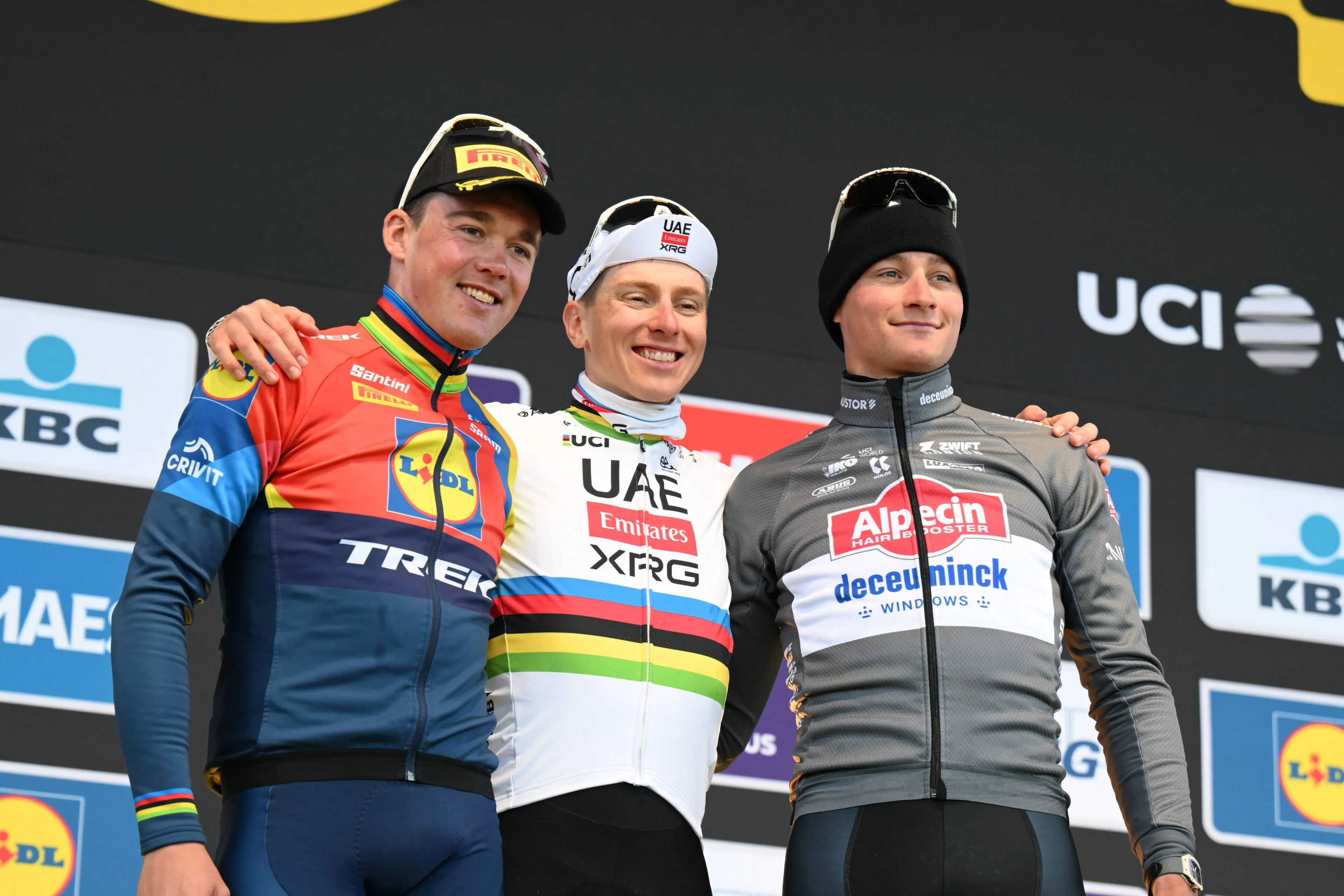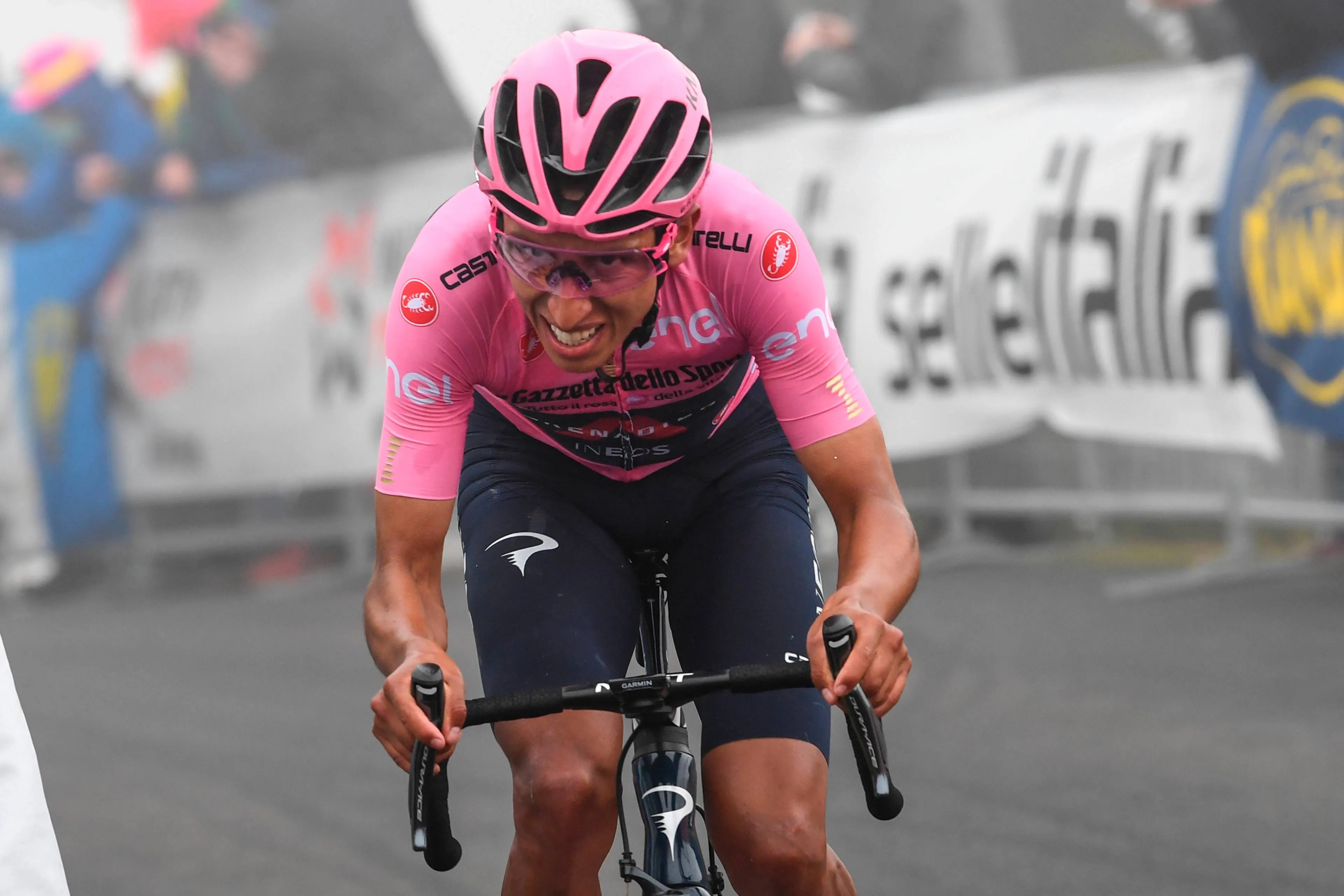Lotte Kopecky begins her journey to the Tour de France Femmes at Milano-Sanremo: "I hope that the number of kilometres will do its job"
CyclingTuesday, 18 March 2025 at 06:00
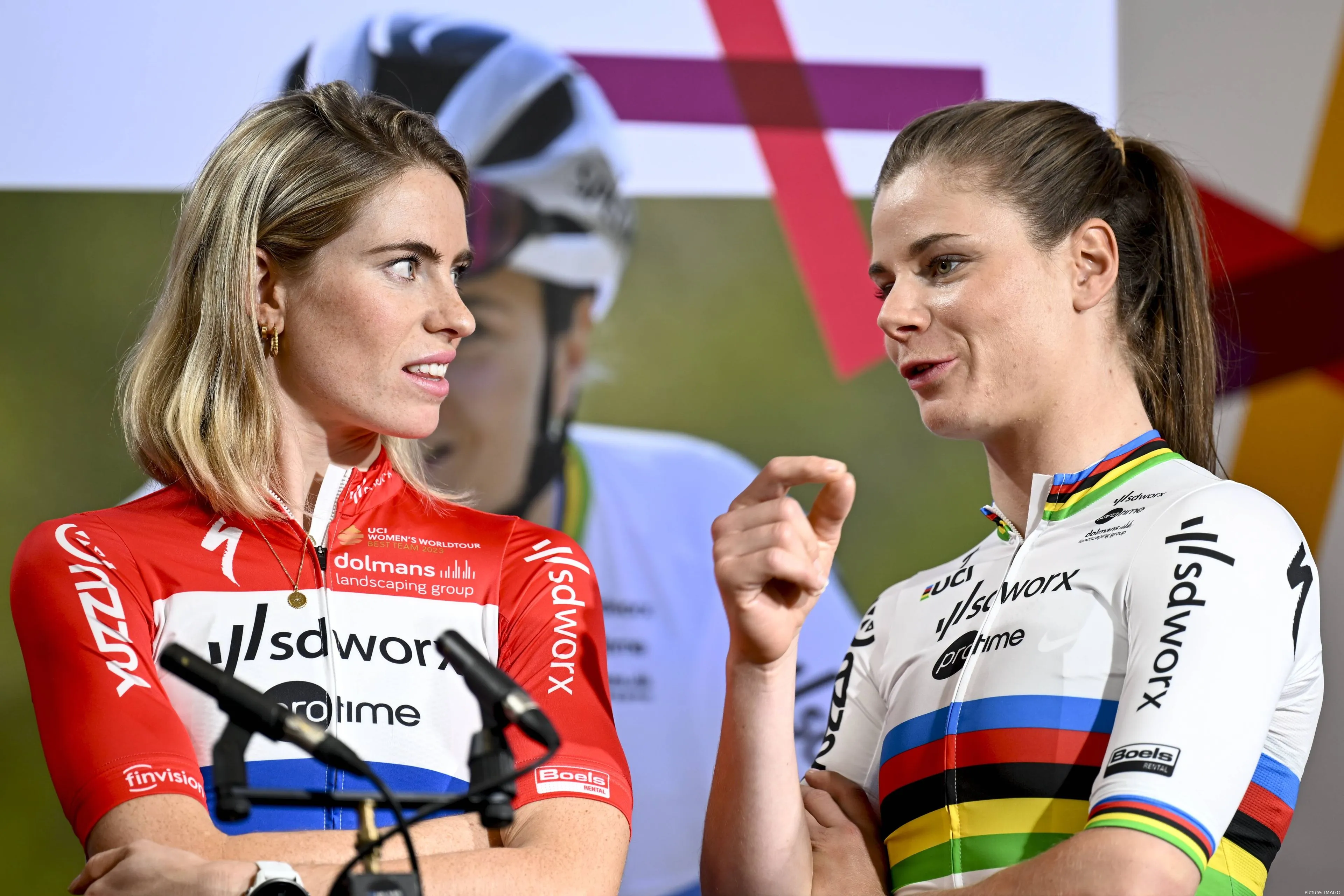
Lotte Kopecky, the double world champion, is set to begin
her season this weekend at Milano-Sanremo, a race making its long-awaited debut
in women's cycling. Speaking to Wieler Revue, Kopecky shared her thoughts on
the evolving dynamics within the peloton, the shifting balance of power, and
the excitement surrounding the inaugural women's edition of La Primavera.
One of the most noticeable changes in women’s cycling this
season has been the greater balance among teams, moving away from the dominance
of Team SD Worx – Protime seen in previous years. While SD Worx had been the overwhelming
force in recent seasons, Kopecky acknowledges that the new balance could be
beneficial for the sport overall.
Read also
"I'm looking forward to it. It's going to be really
interesting to see how all that plays out against each other. I think it could
be a really good year for women's cycling. The quality is much more evenly
distributed across all the teams, and that's going to result in some really
great races. In a way, it was nice that we were the dominant team of course,
but for the bigger picture, this is better."
Kopecky admits that there were races in the past where she
felt SD Worx was nearly untouchable, but she recognizes that this era of near inevitability
is now over.
"There have certainly been races where I thought: a lot
has to go wrong for it not to be for us today. That time is over now. I am
still well surrounded in the Flemish classics. We lose Demi and Reusser. But he
didn't race much last year anyway. We have to keep focusing on ourselves, and I
think we still have a very strong, qualitative team."
Read also
Despite losing key riders like Demi Vollering and Marlen
Reusser, Kopecky remains confident in the strength of her team, particularly in
the Flemish classics, where she has consistently been one of the strongest
contenders.
Beyond the shift in team dynamics, one of the biggest
developments this year is the introduction of a women's Milano-Sanremo, an
addition that has been long overdue. For a race with such rich history and
prestige, finally having a women's edition is a major milestone for the sport.
However, Kopecky believes there is still room for improvement when it comes to the
length and overall challenge of the race.
"It's definitely fun. In a way, I think it's a shame
that the number of kilometres isn't that long. The final will probably be the
same, but I also hope that the number of kilometres will do its job. Then the
race would have the same character as the men's. As far as I'm concerned, that
race could be 200 kilometres. Then the difference on the Poggio would be made
easier."
Read also
Kopecky’s call for a longer race highlights an ongoing
debate in women’s cycling: how to ensure parity with the men’s calendar without
simply replicating every race in the same way. In short, how can the women’s
peloton be unique whilst also sharing the same legendary routes as the men?
As she prepares for her season opener, Kopecky finds herself
at the centre of a sport in transition, with new team dynamics, fresh
rivalries, and historic races being introduced. While SD Worx may no longer
dominate by default, she remains one of the strongest and most versatile riders
in the peloton, making her a key contender in any major race she enters.
Of course, there is an extra dynamic for the double world
champion this year…the Tour de France Femmes. This year we will see Kopecky target
the yellow jersey, but will her new GC ambitions impact her classics ability?
Read also
claps 0visitors 0
Just in
Popular news
Latest comments
- It's boring. Happy to acknowledge him as the GOAT, but it's boring.MidnightRider17-12-2025
- They are spending money like water for the wrong riders. No Ayuso or Remco but Haig, Kevin and Onley.abstractengineer17-12-2025
- Oh dear.leodis17-12-2025
- Ah pundits….those who cannot do, fill air time and column inches criticizing those who can… Eddy Merckx wins all the races…cycling is boring and sucks nowCrashjames17-12-2025
- Boring to see a generational talent in your own life time? We should all feel privileged to see it. I certainly do. I feel the same when I see other once in a life time amazing guys in other fields rewriting the record books: Magnus Carlsen in chess and Shoei Ohtani in baseball. And the way they carry themselves.. humble and respected by their peers adds to their appeal.Santiago17-12-2025
- As a current or ex crosser, you should be asking yourself 'what is VDP doing that I'm not', instead of bellyaching that he's winning everything. It's not boring for me to watch an athlete, at the pinnacle of their career, absolutely pulverised the opposition. Whether it be Tiger Woods, Usain Bolt, Roger Federer or indeed our own Tadej Pogacar. Are cyclists really such a bitter breed that we see excellence as boring? Personally, I'm in absolute awe. Here's a question for Mr Wellens, how long will it take before Thibaut Nys becomes boring, after VDP has hung up his wheels?Pogthegoat17-12-2025
- Monotonous? Boring? Pundit? WTF?MajorPayne17-12-2025
- What a backwards step for this team. First the signing of Ayuso and now every chance of Derek Gee.whit2pet17-12-2025
- and also let’s hope he doesn’t have a wife that goes off on the team and riders.mij17-12-2025
- with all due respect to Welsford, what has he won to deserve the title “ace”. he is there in many sprints, but other than some nationals and maybe a 3rd tier race, he isn’t exactly a feared sprinter in the peloton. of course with the right team he could become a winner, but is Ineos the right team? Unlike a Quick-Step, Ineos is not exactly sprinter friendly. they don’t have a track record of developing winners at sprinting.mij17-12-2025
Loading
Write a comment
